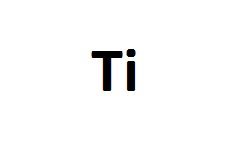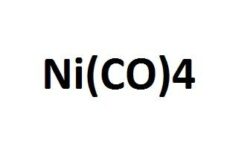Additional information
| Cas number | 7782-40-3 |
|---|---|
| Empirical formula | C |
| Average particle size | ~100 nm |
| Purity | >99% |
| Appearance | Black Powder |
| Morphology | Nearly spherical |
| Bulk density | 1.2-2.8 g/cm3 |
| Packing size | 1 gm |
traditional polishing and grinding
| Cas number | 7782-40-3 |
|---|---|
| Empirical formula | C |
| Average particle size | ~100 nm |
| Purity | >99% |
| Appearance | Black Powder |
| Morphology | Nearly spherical |
| Bulk density | 1.2-2.8 g/cm3 |
| Packing size | 1 gm |
No application data available.

Used in biosensors and numerous assays where the silver Nanoparticles materials can be used as biological tags for quantitative detection. incorporated in apparel, footwear, paints, wound dressings, appliances, cosmetics, and plastics for their antibacterial properties.used in conductive inks and integrated into composites to enhance thermal and electrical conductivity. used to efficiently harvest light and for enhanced optical spectroscopies including metal-enhanced fluorescence (MEF) and surface-enhanced Raman scattering (SERS).

Anti-microbials, anti-biotics and anti-fungal agents
Plastics and soaps
Aerospace materials
Optical filters
Microsensors
Coatings, nanofibers, bandages, nanowires and textiles.


“Magnetic properties of tin Oxide Nanoparticless are used in magnetic data storage and magnetic resonance imaging
As catalysts, energy-saving coatings and anti-static coatings
As electrodes and anti-reflection coatings in solar cells
In the making of gas sensors, optoelectronic devices and resistors
Making of liquid crystal displays.”
